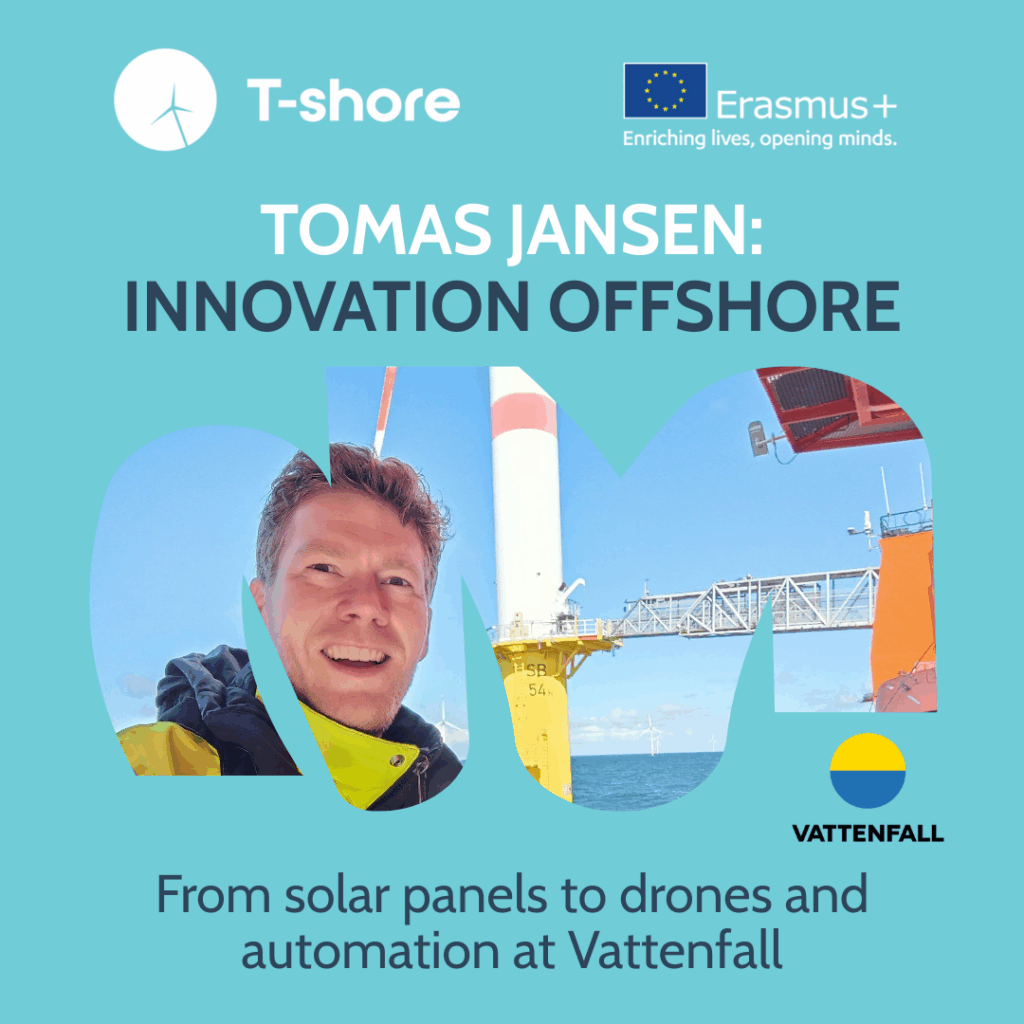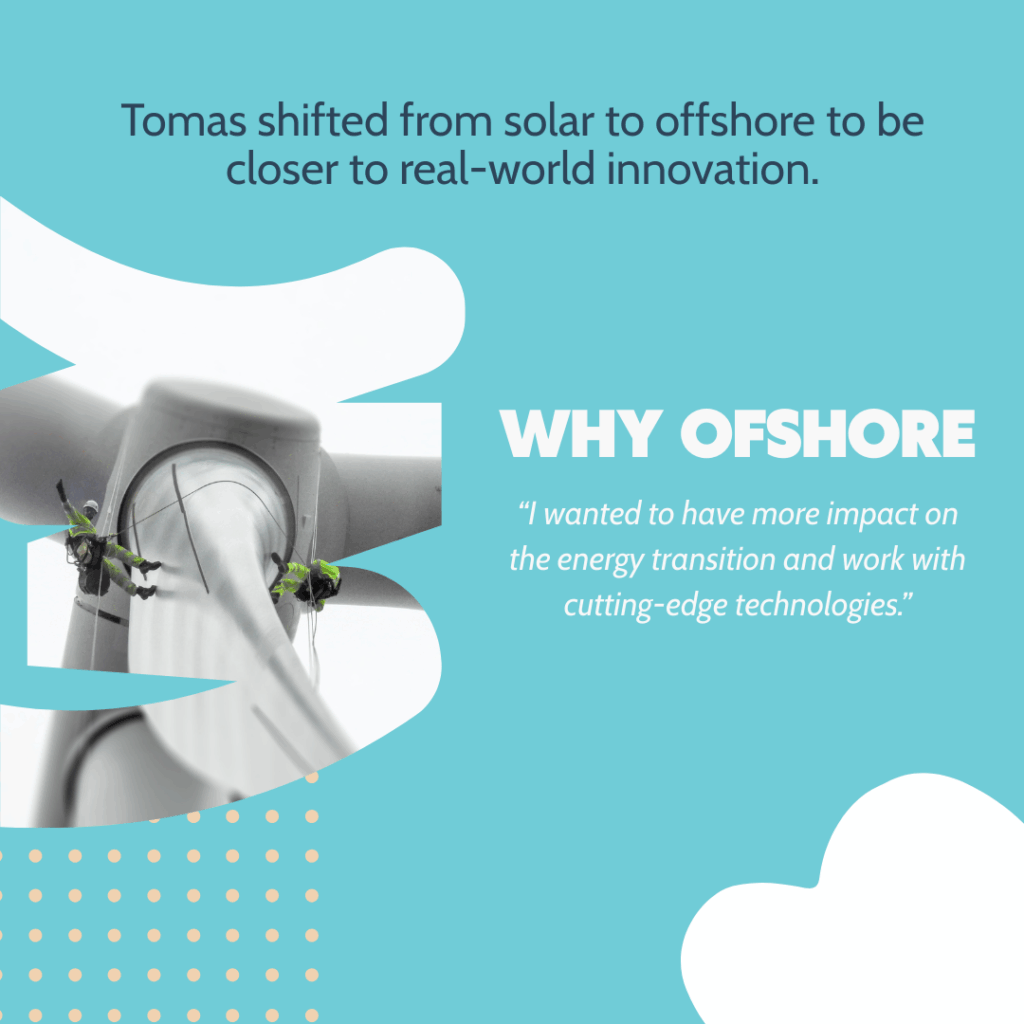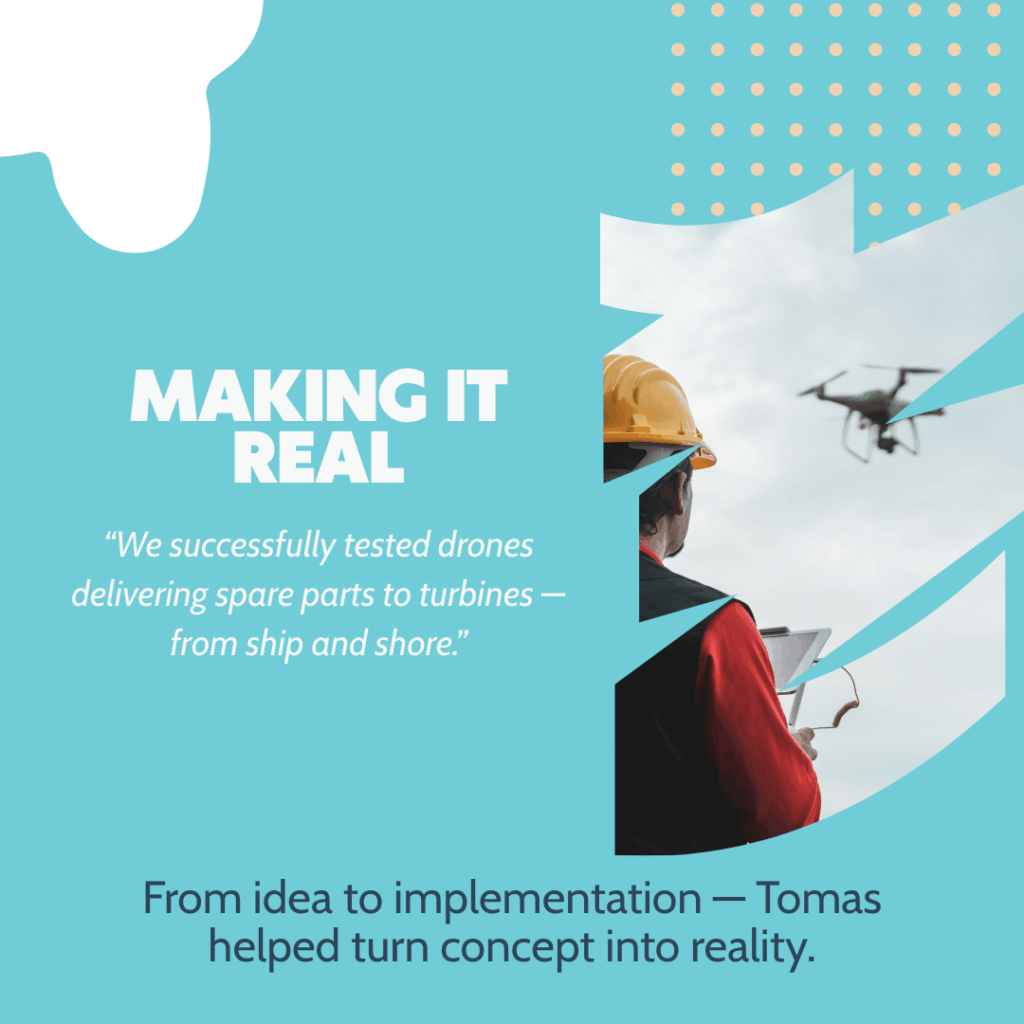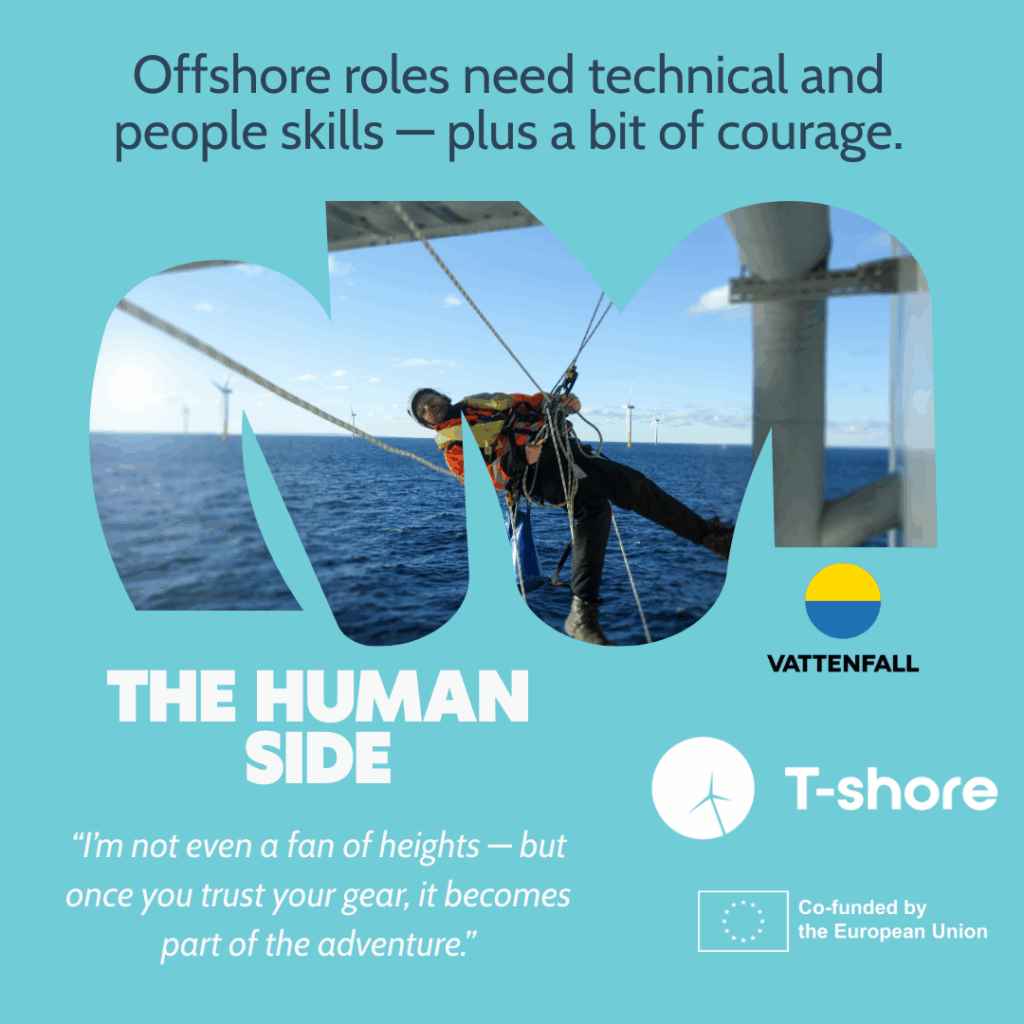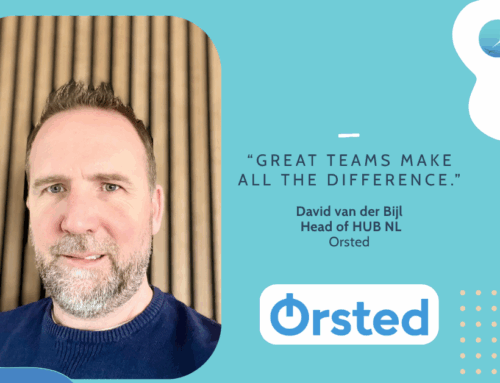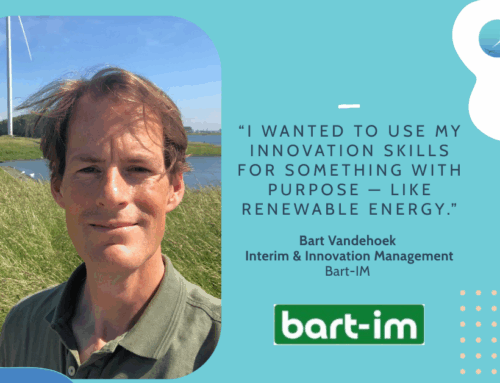Tomas Jansen is Product Manager for Automation at Vattenfall, where he leads projects that use drones, robots, and digital tools to make offshore operations safer and more efficient. With a background in electrical engineering and sustainable energy, Tomas was drawn to offshore wind for its mix of technical complexity and real-world impact.
In this interview, he shares how curiosity and adaptability shape his daily work, the pride of seeing drone deliveries go from test phase to reality, and why people skills are just as important as technical ones offshore. From coordinating seabed mapping projects to troubleshooting in real time, Tomas offers a grounded and engaging view into what working in offshore wind really looks like — and why now is the right time to get involved.
Full Interview:
How did you get into offshore wind?
“I studied electrical engineering and Sustainable Energy Technology in Enschede. Even as a kid, I was fascinated by technology—playing with solar panels and mini wind turbines. After working in solar energy for a few years, I switched to wind when my previous company stopped its solar activities.”
What was a turning point in your career?
“My conscious shift to offshore wind came when I wanted to have more impact on the energy transition and work with cutting-edge technologies. At Vattenfall, I now lead projects involving automation—testing robots and drones for offshore maintenance. That’s been a fantastic opportunity.”
Which skills help you most in your work?
“My technical background is key, but curiosity and adaptability are just as important. Every day is different. You have to switch between tech, teamwork, and innovation—and navigate a highly international environment.”
What surprised you about the industry?
“The flexibility and room for growth. Even if you start with a narrow role, you can evolve, shift roles, or specialize. You don’t have to know it all upfront—you grow with the job.”
Advice for newcomers
“Learn about what offshore work really means—you could spend weeks at sea as a technician, part of a close-knit team. It’s not a must, but for those who seek adventure! There are plenty of other opportunities. The sector is international, technology-driven, and constantly evolving. And with just a few years of experience, the world truly opens up for you—literally.
What’s a typical day like for you?
“I usually work from home or the office, managing multiple projects. For example, next week we’ll test a new technology to map the seabed – and what is under it. That means coordinating specialists, safety teams, and contracts—every day brings something new.”
What’s the biggest challenge in your role?
“Working with emerging tech means things can change quickly. If a drone flight is deemed to be unsafe or a vessel is delayed, we need to act fast and bring everyone back on board—figuratively and literally.”
What are you most proud of?
“We successfully tested drones delivering spare parts to turbines—first from a hotel vessel, later directly from shore. It went from concept to real-life application, and seeing the excitement from offshore teams was amazing.”
What makes your role unique?
“My job focuses on making operations safer and more efficient—whether it’s robots repairing blades or unmanned service vessels. It reduces risks and boosts performance at the same time.”
How is the industry changing?
“Turbines are getting larger, the field is becoming more global, and the pressure to work efficiently is growing. Especially with lower energy prices and fewer subsidies, innovation is no longer a luxury— it’s a necessity.”
Offshore wind is reshaping the energy landscape
“My work contributes to better system integration—for example, through predictive maintenance— while the company as a whole is driving advances in balancing supply and demand and closer coordination between operations and energy trading teams.”
Innovation is essential
“I’m excited about technologies like drones, robots, and data-driven maintenance. Early fault detection helps us avoid downtime. But we can also improve efficiency through smarter collaboration — like combining seabed surveys across projects to save time and cost.”
People skills are just as vital as tech skills
“You need problem-solving abilities and teamwork. On a turbine, you work in small teams. You rely on each other — technically and for safety. Communication, creativity, and awareness are key, especially in such a diverse, international environment.”
We need new talent — and better awareness
“Most people don’t realize how big this industry is. One wind turbine might seem small, but offshore there are hundreds. Each represents years of planning, construction, and maintenance. It’s time we show how exciting and important offshore wind really is.”
Why now?
“Offshore wind has matured. There are strong safety standards, global opportunities, and a direct link to building a cleaner energy future. If you’re looking for impact, this is the time to join.”
Fun fact?
“I’m not even a fan of heights! The first time I stood on top of a turbine, I was shaking. But once you learn to trust your gear — and yourself — it becomes part of the adventure.”
Tomas Jansen’s work sits at the intersection of innovation and operations. Whether testing new technologies or leading international teams, he’s helping shape how the industry evolves. His story reflects how offshore wind is no longer experimental — it’s essential. And for those ready to dive in, it’s full of opportunity.


